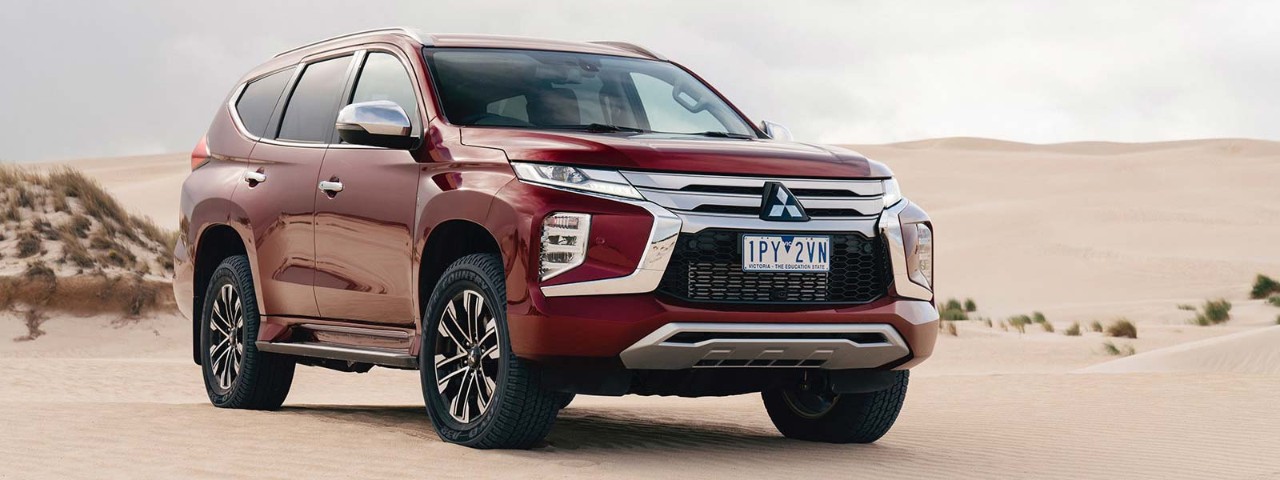By staying informed, having a bushfire survival plan, packing an emergency kit, and taking necessary precautions, you can help reduce the risk associated with bushfires.
Australia’s cheapest one-tonne utes for 2020, revealed

Driving Your Dollars survey reveals what it really costs to own and run a ute in 2020.
Australians have fallen in love with one-tonne utes. In fact utes – or pick-ups – are now the second-highest-selling vehicle type behind medium SUVs, according to official sales figures.
While most 4x2 utes are used as work vehicles, a growing number of families are opting for 4x4 utes that double as a practical workhorse and versatile family car. But while they have many positives, RACV’s annual Driving Your Dollars survey reveals that they can be expensive to own and run.
The 2020 survey compares what it costs to own and run 79 of Australia's top-selling cars, taking into account purchase price and loan repayments, fuel costs, servicing, tyres and on-road costs, including registration, insurance and auto-club membership, averaged over a five-year period. It found all-terrain wagons, many of which are based on the same underpinnings as Australia's best-selling utes, are by some margin the most expensive cars to own and run, costing an average $1804.61 per month to own and operate. That's close to double the average monthly cost of owning a small car.
When it comes to utes, 4X2 pick-ups cost an average $1367.26 per month, while their 4X4 siblings cost $1590.56. One manufacturer has the most affordable vehicle in each category - 4X2 utes, 4X4 utes and all-terrain wagons. And that's Mitsubishi.
Australia’s most affordable 4x2 utes
The Triton GLX (ADAS) is the cheapest 4x2 ute to own and run, costing $1242.73 a month. The Triton has the lowest purchase price and servicing costs in its category. Following closely is the Isuzu D-Max SX High Ride on $1286.20 per month. The second-highest-selling vehicle in Australia – Ford’s Ranger – is third in the 4x2 category at $1331.03 a month for the 2.2-litre XL Hi-Rider.
Following the fourth-placed Toyota HiLux SR Hi-Rider and fifth-placed Mazda BT-50 XT Hi-Rider is the Nissan Navara ST on $1482.98 – the most expensive 4x2 ute in the survey to own and run.
Australia’s most affordable 4x4 utes
Mitsubishi’s Triton GLX tops the 4x4 category as the most-affordable model at $1340.98 a month, again followed by the Isuzu D-Max on $1465.68. Interestingly, Volkswagen’s Amarok TDI420 Core – seen as a more premium offering in the 4x4 ute segment – lands in third place with a monthly cost of $1486.28.
The Ranger, HiLux and Navara follow, but the most expensive 4x4 ute surveyed by far is the long-running 70-series Toyota LandCruiser Workmate pick-up at $2087.38. It is the third-priciest vehicle overall to own and run in this year’s survey.
Australia’s most affordable all-terrain wagons
In terms of all-terrain wagons, Mitsubishi’s Triton-based Pajero Sport GLX costs less to own and run than its off-roading rivals at $1485.22 a month. The Toyota Fortuner GX isn’t far behind on $1488.66. Isuzu’s D-Max-based MU-X LS-M takes third spot at $1551.94 a month and Ford’s Ranger-based Everest Ambiente is fourth with a monthly spend of $1617.16.
The two priciest all-terrain wagons in the survey are not mechanically related to cheaper utes – they have their own unique underpinnings.
The big 200-series Toyota LandCruiser GX diesel will set you back $2320.27 a month, which isn’t helped by a higher purchase price and fuel costs. But the hulking petrol V8-powered Nissan Patrol Ti takes the title of the most expensive vehicle to own and run in this year’s Driving Your Dollars survey with its monthly cost of $2447.43.
It’s worth noting that in the past three months, Toyota launched an updated version of the HiLux and Fortuner, and Isuzu and Mazda have introduced all-new versions of the D-Max and BT-50 respectively. The variants listed in the survey refer to the recently replaced models. The new versions of each of these popular models have copped price increases due to a boost in standard safety and in-car tech.


